Terrariums are captivating miniature ecosystems that bring the beauty of nature indoors. Whether you have a green thumb or are a beginner in the world of gardening, creating a terrarium is a delightful and rewarding project.
With a few basic supplies and a touch of creativity, you can craft your own self-sustaining world, perfect for small spaces, home decor, and adding a touch of tranquility to your surroundings.
In this beginner's guide, we'll walk you through the step-by-step process of making a terrarium, ensuring you have all the knowledge and inspiration to get started.
Process of Making a Terrarium
Gather Your Supplies | Creating the Layers | Planting Your Terrarium | Terrarium Care | Conclusion | Planter Recommendations
Gather Your Supplies

To embark on your terrarium journey, you'll need a few essential supplies:
Glass container: Choose a clear glass container that is spacious enough to house your plants and allows for proper air circulation. You can repurpose a fish tank, a glass jar, or purchase a specifically designed terrarium container.
Plants: Select plants that thrive in humid environments and low-light conditions, such as ferns, mosses, succulents, and air plants. Consider their size and growth habits, ensuring they will fit comfortably in your chosen container.
Soil: Opt for a well-draining potting mix suitable for terrariums. You can find specific terrarium soil mixes at garden centers or create your own by mixing regular potting soil with a small amount of sand or perlite.
Decorative elements: Enhance the visual appeal of your terrarium with decorative elements such as pebbles, stones, moss, driftwood, or miniature figurines. These add an extra touch of creativity and personalization to your creation.
Watering tools: A small watering can or spray bottle will help you maintain the moisture levels in your terrarium.
(back to top)
Creating the Layers

The success of a terrarium lies in creating a balanced environment for your plants. To achieve this, layer the following components within your container:
Drainage layer: Begin with a layer of small pebbles or gravel at the bottom of your container. This helps facilitate drainage, preventing waterlogged soil and potential root rot.
Activated charcoal: Place a thin layer of activated charcoal on top of the drainage layer. This helps absorb excess moisture and keeps the terrarium fresh by reducing odors and preventing fungal growth.
Potting soil: Add a layer of potting soil on top of the charcoal, ensuring it is deep enough to accommodate the root systems of your plants. Create gentle slopes or varying heights to add visual interest to your terrarium.
(back to top)
Planting Your Terrarium
Now comes the exciting part—planting your terrarium with an assortment of beautiful and resilient plants:
Arrange the plants: Plan the placement of your plants before planting them. Consider their growth habits, color variations, and heights to create an aesthetically pleasing composition. Use your imagination to experiment with different combinations.
Dig and plant: Create small holes in the soil using your fingers or a small trowel. Gently place the plants in the holes, ensuring they are firmly rooted. Take care not to overcrowd the terrarium, as this can hinder air circulation and promote disease.
Final touches: Once your plants are in place, add decorative elements like small rocks, moss, or driftwood to complete the look. These additions can mimic natural landscapes or add a touch of whimsy to your terrarium.
(back to top)
Terrarium Care

Now that your terrarium is complete, it's essential to provide the right care to maintain its health and longevity:
Light: Place your terrarium in an area with indirect sunlight. Avoid placing it in direct sunlight as this can cause the temperature to rise and damage the plants.
Watering: The moisture levels in your terrarium should be consistent but not overly wet. Use a spray bottle to mist the plants and soil when the top layer feels dry. Avoid overwatering, as this can lead to mold growth and root rot.
Pruning: Trim any dead or wilted leaves to maintain the appearance of your terrarium. Remove any plants that have outgrown the container to maintain proper air circulation.
(back to top)
Conclusion
Creating a terrarium is a fun and rewarding project that adds a touch of greenery to your living space. With a little creativity and a few basic supplies, you can create a miniature ecosystem that is both visually stunning and easy to care for.
Whether you choose to create a succulent garden or a lush fern forest, a terrarium provides a sense of tranquility and connection to nature.
Follow the steps outlined in this beginner's guide, and you'll have a beautiful and thriving terrarium in no time.
(back to top)
Recommendation for your Indoor Plants
Discover more planters for your Indoor Plants

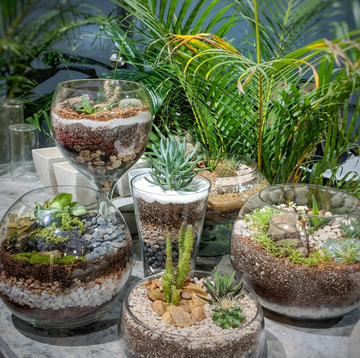
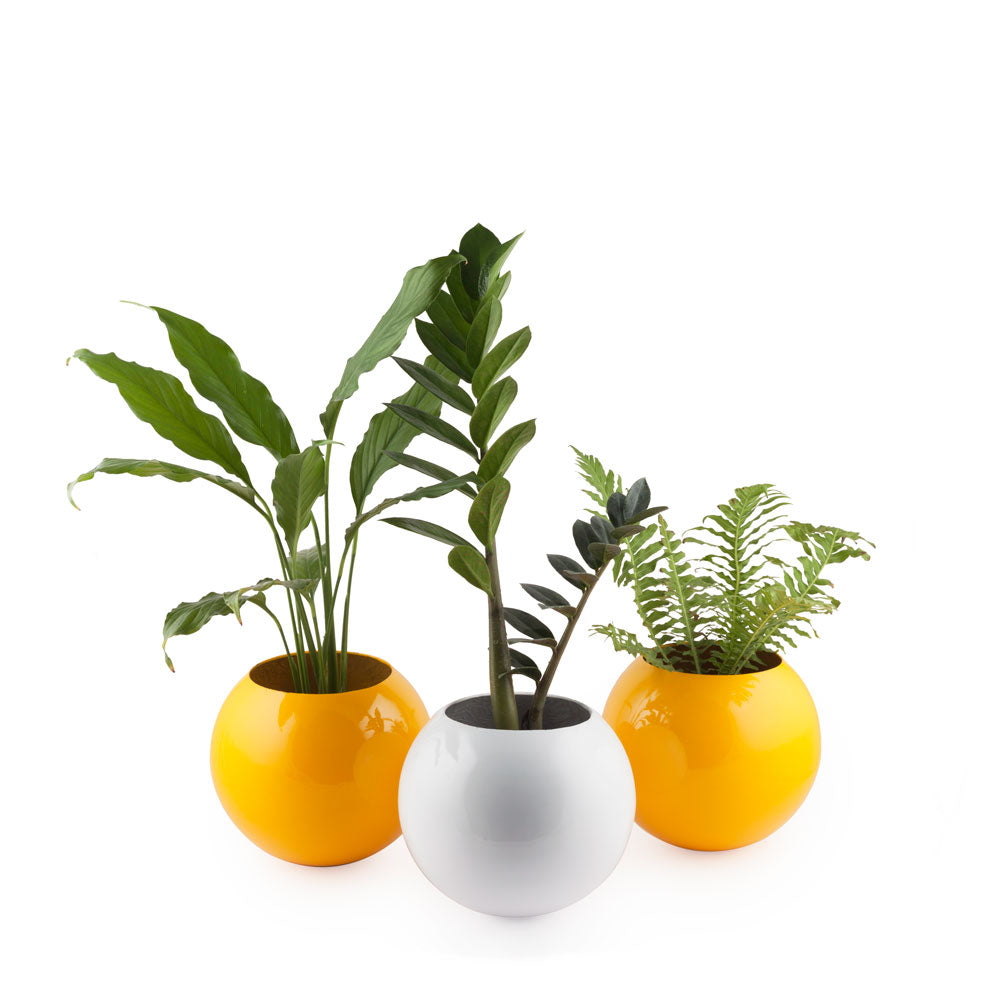
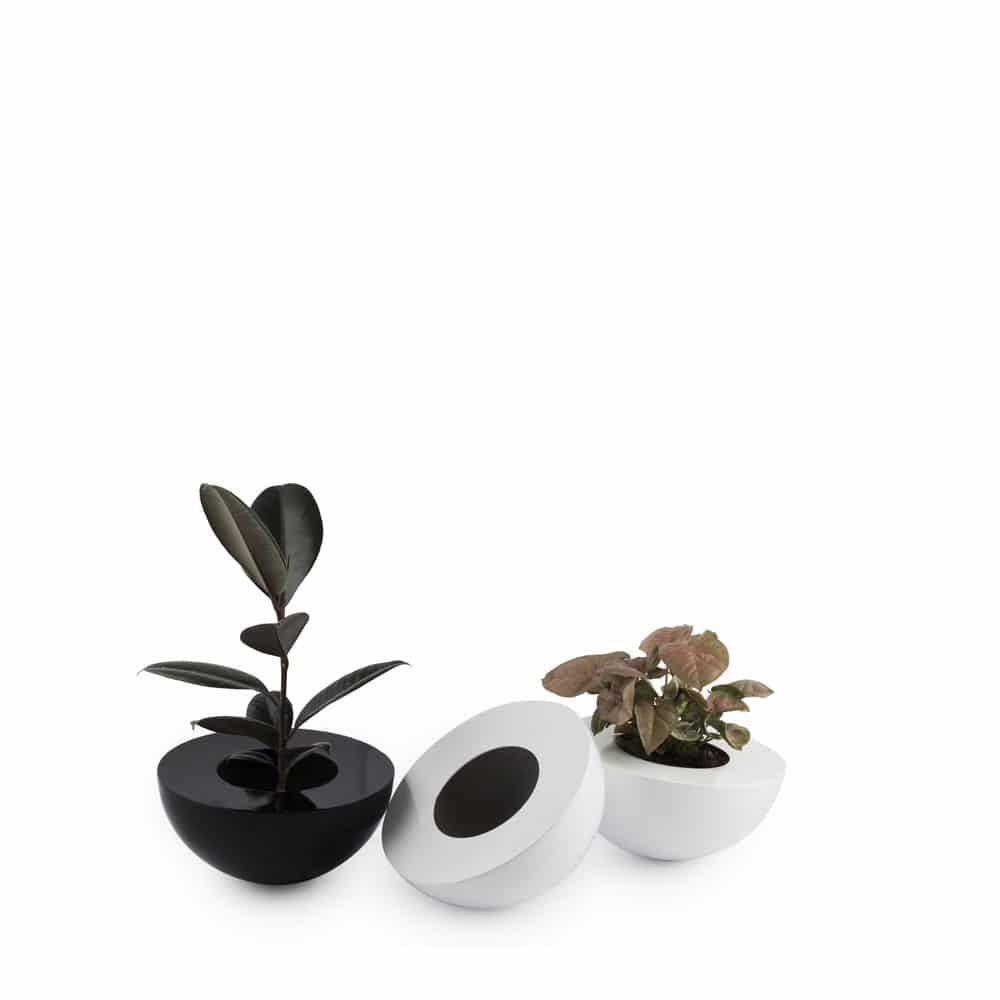
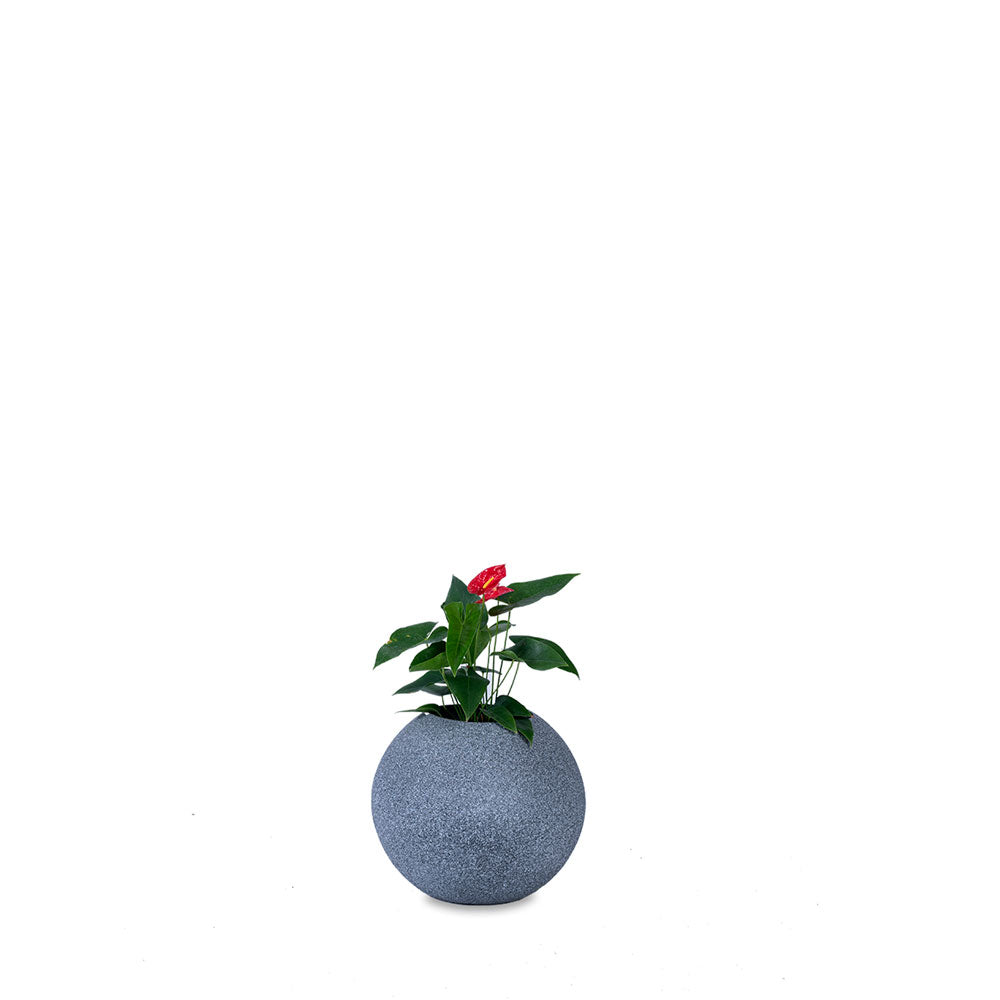
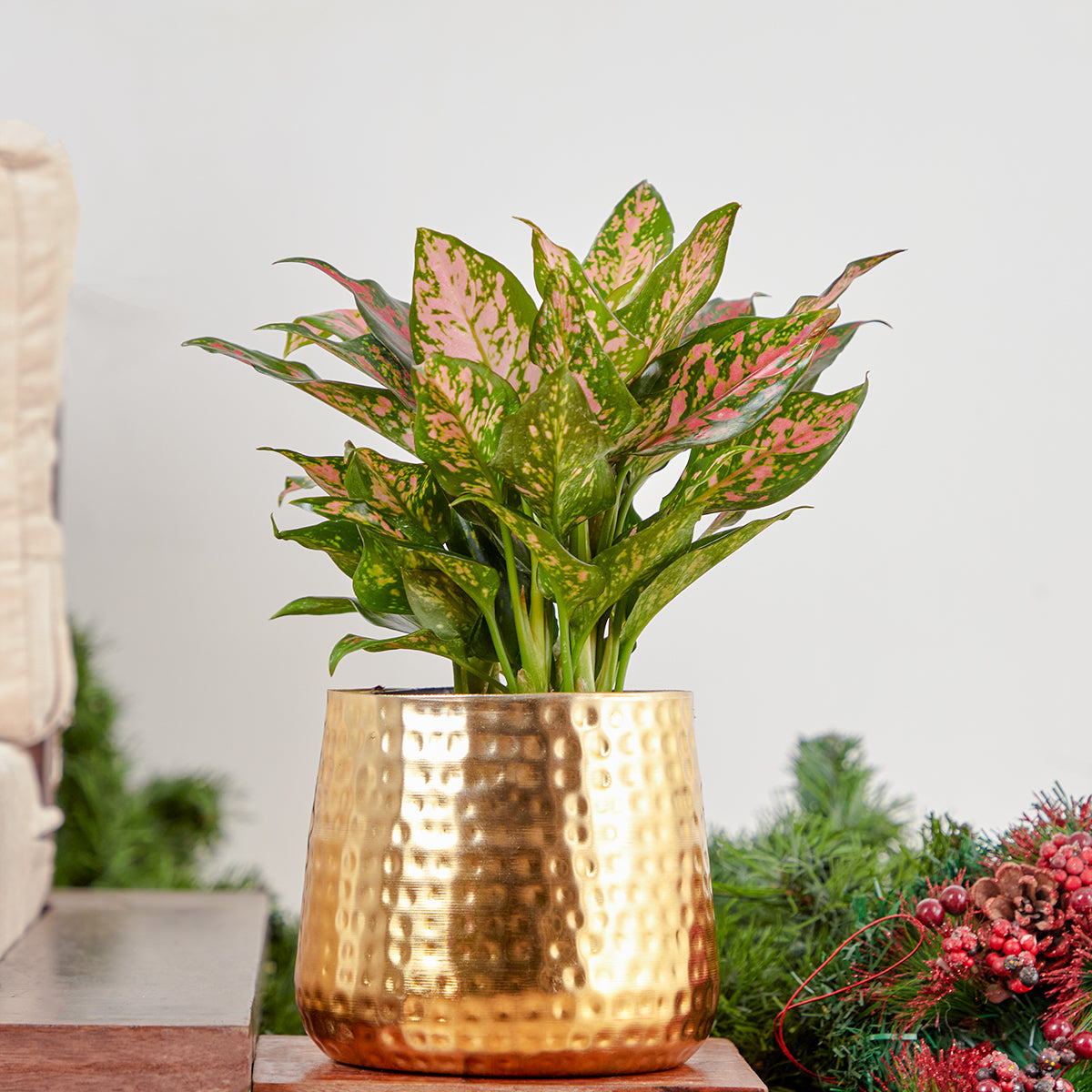
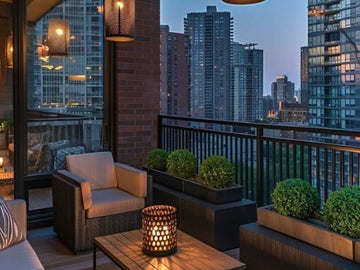
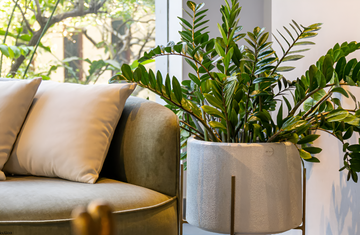

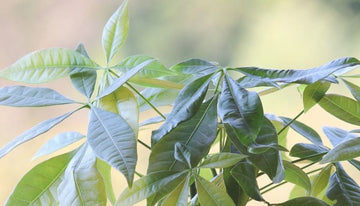
 At Palasa, we believe in the seamless fusion of nature, design and humanity.
At Palasa, we believe in the seamless fusion of nature, design and humanity.